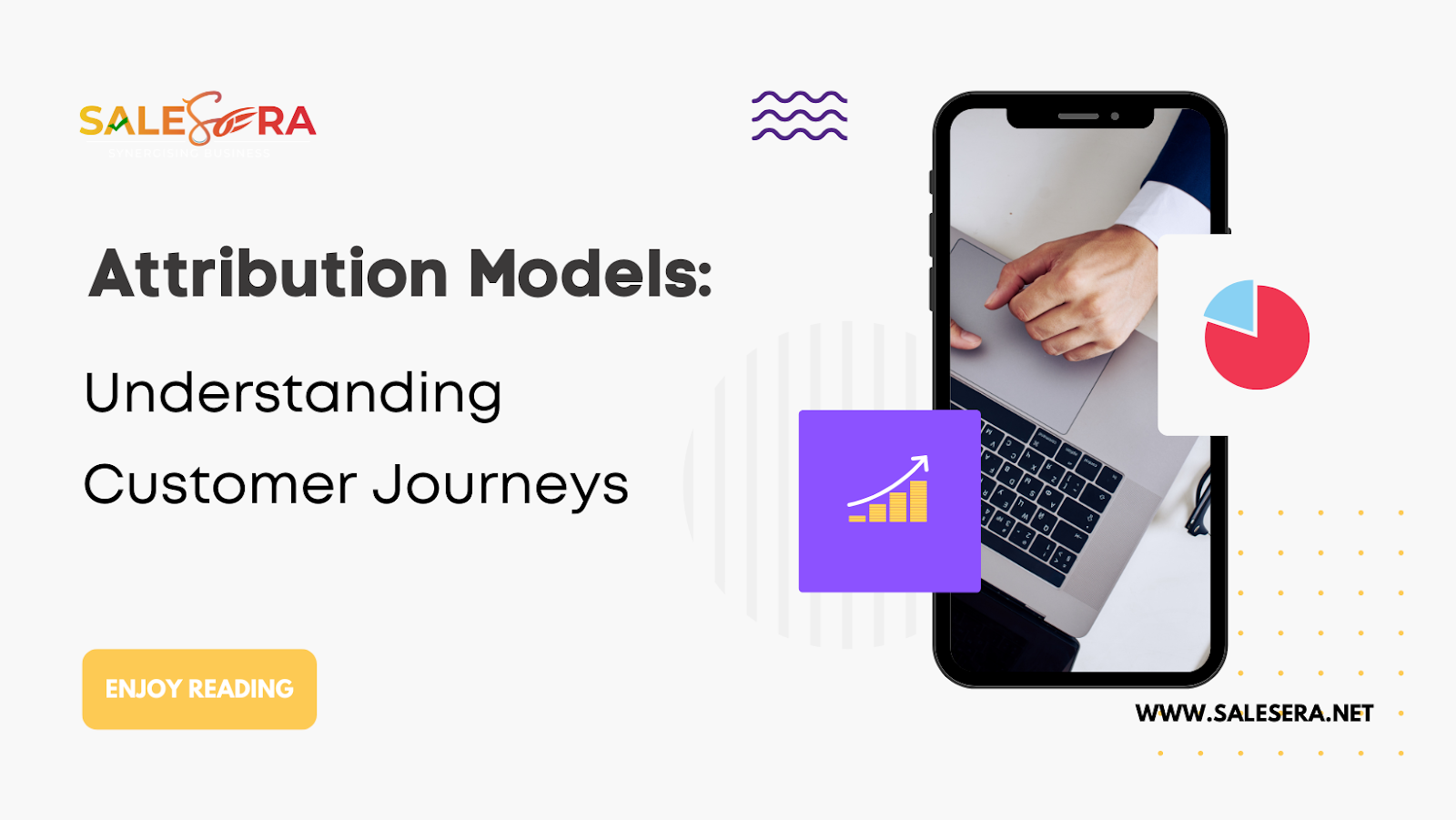In today’s interconnected digital world, businesses strive to understand their customer journey – an intricate path, woven with numerous touchpoints, leading to a purchase decision. This understanding is pivotal to optimize marketing strategies, enhance customer experience, and drive business growth. The solution? Enter attribution models – powerful analytical tools that decode the customer journey. Let’s explore this fascinating topic and unveil how digital marketing attribution models help businesses understand their customers’ journeys.
The Customer Journey: An Overview
A customer journey encompasses any and all interactions a customer has with a business, starting with hearing about the business and following through to purchasing and even beyond. It is a different funnel and can be described as follows.
- Awareness: A potential customer discovers the product/service for the first time.
- Consideration: A potential customer assesses and decides which options they want to consider.
- Decision/Conversion: A customer finally decides to make the purchase.
- Adoption/Onboarding: A customer starts to utilize the services or products offered by the company.
- Retention/Engagement: Customers are able to be retained and incentivized to buy the product or service again.
- Advocacy: A customer who enjoys the products and services recommends them to another customer.
This is the stage every business should aim for in order to enhance the quality of their services and customer service
Attribution Models: Understanding Customers’ Footfall
Attribution frameworks are analytical models used by organizations to determine the role of different marketing channels and their contact points with respect to a customer’s decision of making a purchase. These models give leverage to a number of interactions in the customer journey that help to understand the effective contact points concerning conversions.
Types of Digital Marketing Attribution Models
There are several attribution models and each of these models has a distinct way of apportioning the credits:
Single-Touch Attribution Models:
First-Touch Attribution: Credits the first interaction made.
Last-Touch Attribution: Allots attention or points to the last touch made before the conversion.
Multi-Touch Attribution Models:
Time Decay Model– the model considers the time factor and assigns more credit to touch points that are closer to the time of conversion.
Position-based Attribution or U-shaped model: the model gives considerable attention to the first and last touch during an interaction.
W-Shaped Attribution: The major emphasis is given to three touchpoints the first, lead creation or point of touching the client, and the last touch point.
Full-Path Attribution: The model considers every interaction made with the contact, especially after conversion, including opportunity creation.
Algorithmic or Data-Driven Attribution Models: These models utilize machine intelligence to assign credit based on the actual impact made.
In some cases though, the model that fits best depends on the particular marketing strategy and goals of the business.
The Power of Attribution Models
As far as the analysis of the customer journey using attribution models is concerned, the following benefits can be derived:
- Optimized Marketing Spend: Understanding the most effective means allows businesses to efficiently use their resources.
- Increased ROI: By understanding the most effective touchpoints, businesses can put strategies in place to improve the ROI.
- Improved Campaign Performance: The intelligence gathered from attribution models allows marketers to better their strategies and perform better in campaigning.
- Personalized Customer Experience: Using the entire customer journey allows the business to interact more closely and in a personalized manner with the customer.
- Data-Driven Decision Making: The attribution models lend objective information thus making decision-making in their marketing easy.
- Enhanced Collaboration: Attribution clarity improves the harmony and cooperation of the sales and marketing departments.
The Challenges of Attribution Models
Attribution models have their own challenges, despite their advantages. The following are the challenges:
- Understanding consumers is impossible in the absence of Marketing Analytics: Nowadays, consumers engage with a variety of devices and platforms, which makes the tracking process much more arduous.
- Integration of data: Inconsistent data spread over multiple platforms may act as a barrier to precise attribution.
- Tracking customers marketing through several devices: It is common for customers to use different devices; thus, this makes the tracking process complicated.
- Legislation: It’s worth noting that laws on data protection can legally constrain the amount of data that can be gathered and applied for attribution.
- Limitations of the model: Each of the attribution models has certain constraints and may not be able to represent the entire picture of the consumer journey in its fullness.
- Freshness of the models: Consumer behavior is restless and as such the use of attribution models has to regularly be updated.
Looking Ahead: The Future of Attribution Models
AI and Machine Learning will surely transform future work to be more accurate and dynamic even in attribution models.
- AI and Machine Learning: Advanced algorithms are creating more accurate and dynamic attribution models.
- Multi-Touch Attribution: There’s a growing focus on models that consider multiple touchpoints, providing a more comprehensive view of the customer journey.
- Privacy-Centric Approaches: With increasing privacy regulations, there’s a shift towards cookie-less tracking and first-party data utilization.
- Real-Time Analytics: The demand for instant insights is driving the development of real-time attribution capabilities.
- Predictive Analytics: There’s a move towards predicting future customer behaviors rather than just analyzing past actions.
Navigating the Future of Marketing: Make Each Customer Journey Count
In today’s highly competitive world, understanding the function of attribution models in the customer experience is not only informative but also vital. The insights gathered from these models are extremely useful for boosting marketing logistics, improving customer experience, and propelling the organization forward.
Yes, there may be some challenges along the way, but the advantages outweigh those. With these models, you are not just tracking the customer journey; you are ocean-deep in the trip, bringing the sails and anchors and steering it in the direction of injecting data into the core and making it customer-focused.
Salesera, as the leading marketing agency in India, is perfectly positioned to assist you on this path. Our professionals understand attribution models and their subtleties, and I can tell you that we will use them to better your marketing campaigns.
So, what are you waiting for? Get to know the future of marketing with us in the near future. If you want to learn how to avoid squandering customer journeys forever, contact Sales Era.






